Hungry and Seemingly Unstoppable: Grasshoppers Invade Canada’s Prairies
Modern Farmer
AUGUST 25, 2023
Their meals of choice are: barley, oats, corn, soy, wheat, rye and alfalfa, the mainstay commercial crops of prairie farmers. Unfortunately, prevention isn’t as easy as spraying the larvae with pesticides. This means farms have to keep the crop alive and use up precious water resources in an already water-restricted environment.

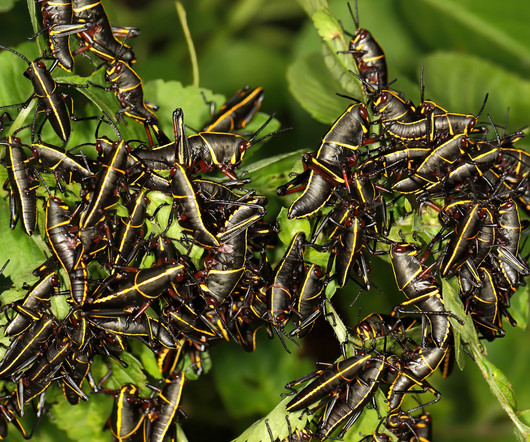
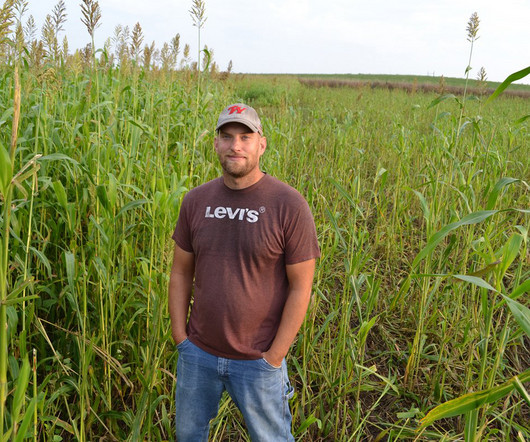
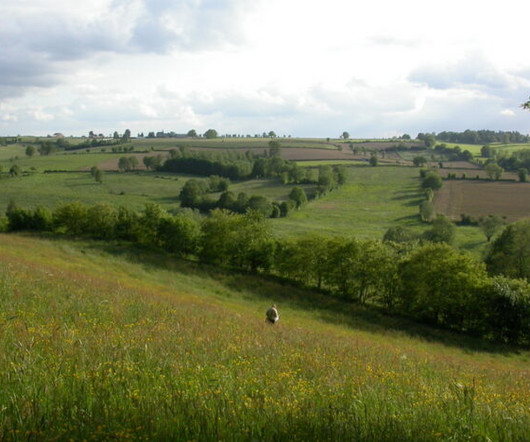
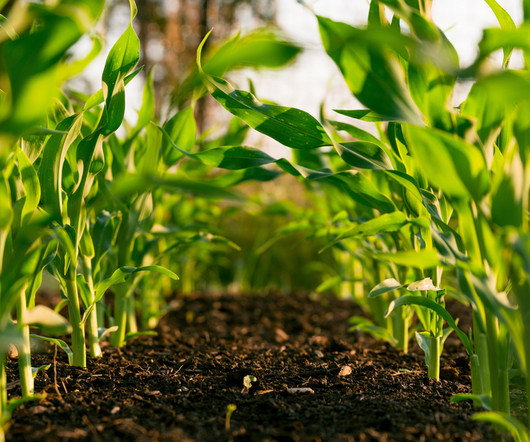
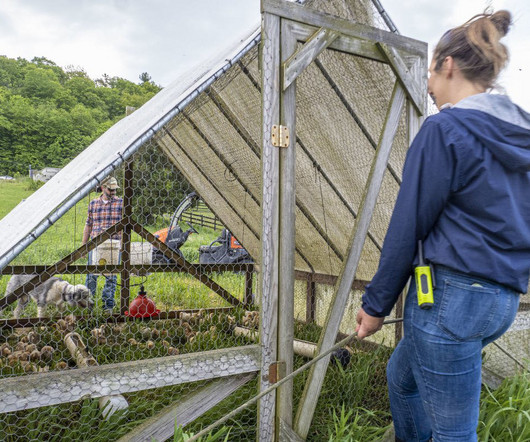






Let's personalize your content